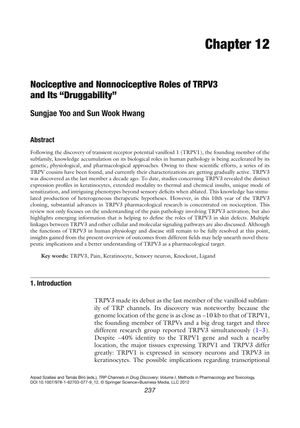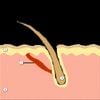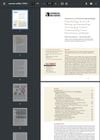Nociceptive and Non-Nociceptive Roles of TRPV3 and Its Druggability
January 2012
in “
Methods in pharmacology and toxicology
”
TRPV3 keratinocytes thermal nociception skin morphology hair morphology TRPV3 antagonists thermal hypersensitivity inflammation pathological pain skin barrier function hair growth gain-of-function mutations dermatitis alopecia androgen receptor activation androgenic alopecia skin cells pain perception skin structure hair structure TRPV3 blockers heat sensitivity chronic pain skin protection hair development genetic mutations skin inflammation hair loss hormone receptor activation male pattern baldness

TLDR TRPV3 could be a target for treating pain, skin disorders, and hair problems, but more research is needed to create effective drugs.
The document reviews the roles of TRPV3 in pain perception, skin and hair physiology, and its potential as a drug target. TRPV3 is expressed in keratinocytes and is involved in detecting thermal and chemical stimuli, with its function varying across species and sexes. Knockout mice studies have shown that TRPV3 deficiency affects thermal nociception and skin and hair morphology, while overexpression is linked to pain modulation. Pharmacological studies indicate that TRPV3 antagonists can reverse thermal hypersensitivity due to inflammation. TRPV3 is also implicated in pathological pain, skin barrier function, and hair growth, with gain-of-function mutations causing dermatitis and alopecia. It is upregulated by androgen receptor activation, relevant to androgenic alopecia, and is activated by cold in Xenopus tropicalis. The document concludes that TRPV3 modulation could treat inflammatory and neuropathic pain, skin disorders, and hair defects, but further research is needed to understand its mechanisms and develop potent drugs. The work was supported by the Korea Health Technology R&D Project and the Kil Chung Hee Fellowship Fund.






